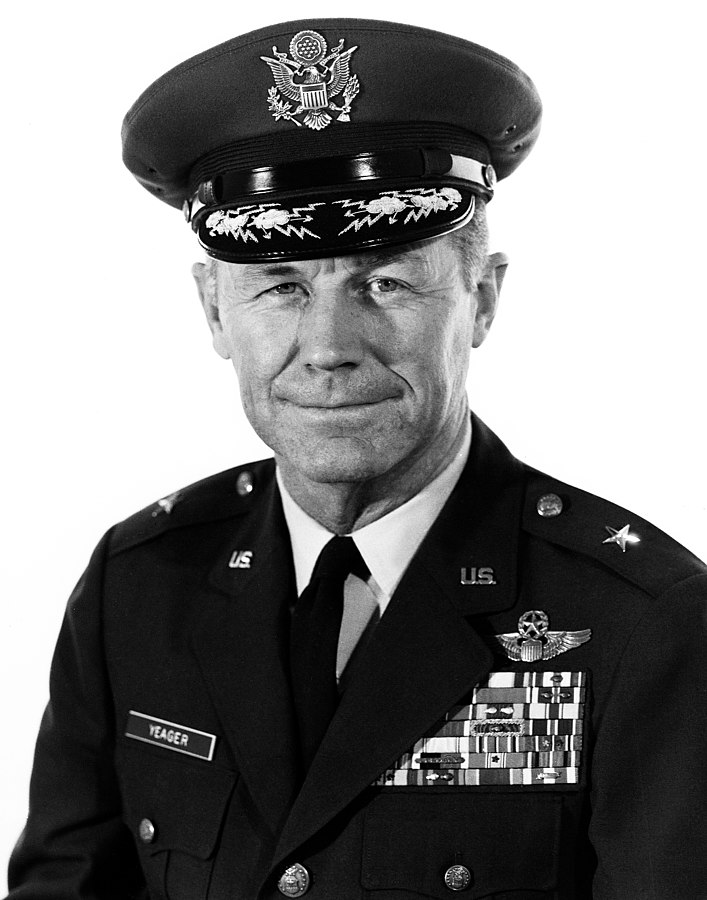
Seventy-five years ago, the sound of progress thundered across the skies of California’s Mojave Desert. On October 14, 1947, a man, a plane, and a mission collided with the annals of history to produce the world’s first sonic boom.
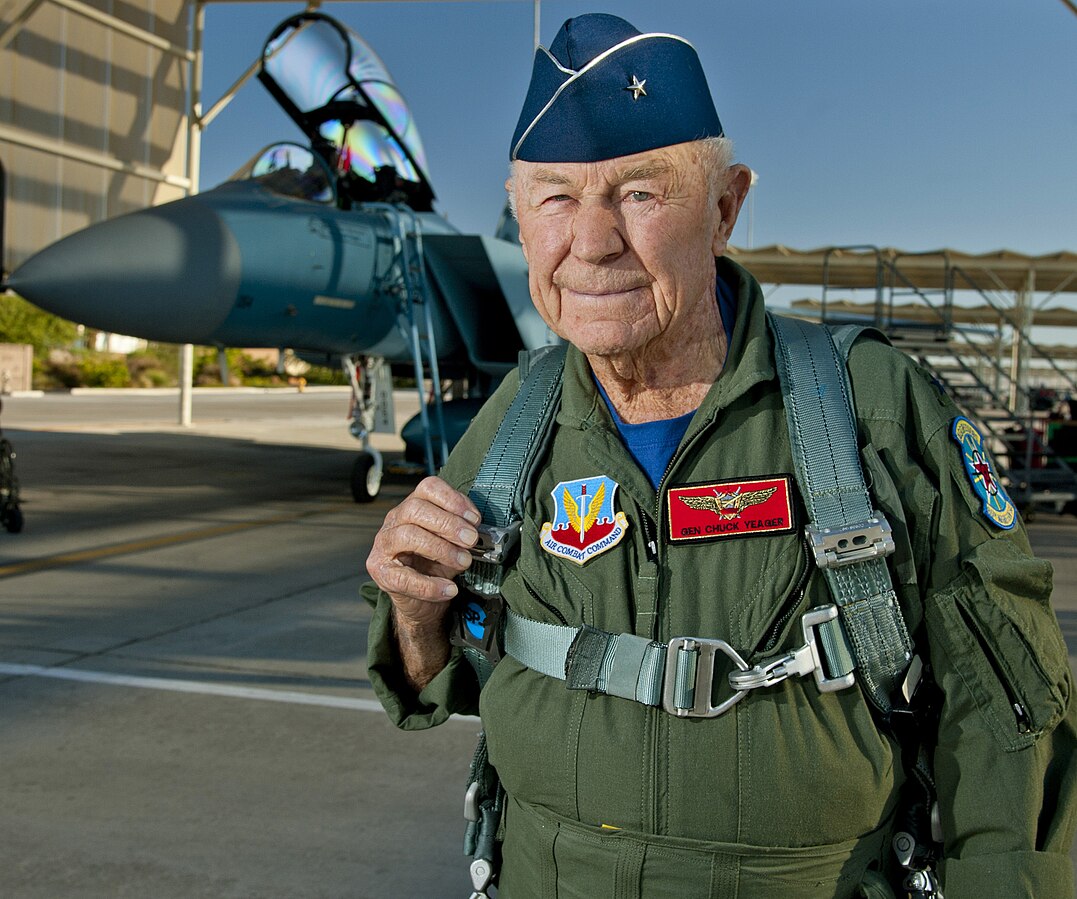
Charles E. “Chuck” Yeager, a United States Air Force Captain and decorated war hero, broke the sound barrier and, in doing so, unlocked a supersonic realm that forever changed aviation and aerospace exploration.
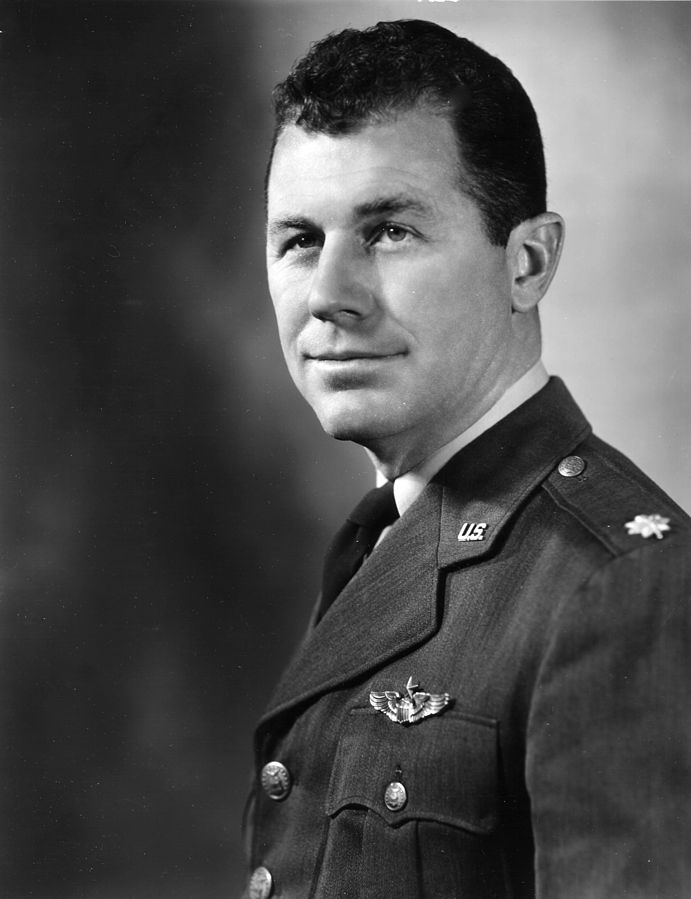
Perched in the orange, bullet-shaped cockpit of the Bell X-1 aircraft, Yeager, with a nonchalant bravery that has come to define his legacy, pushed past the bounds of speed and fear, reaching Mach 1.06—a feat believed impossible by many at that time.

The mission had launched from the bomb bay of a Boeing B-29 bomber at 25,000 feet above Rogers Dry Lake, with the rocket engines igniting to propel the X-1 to a test altitude of 42,000 feet.
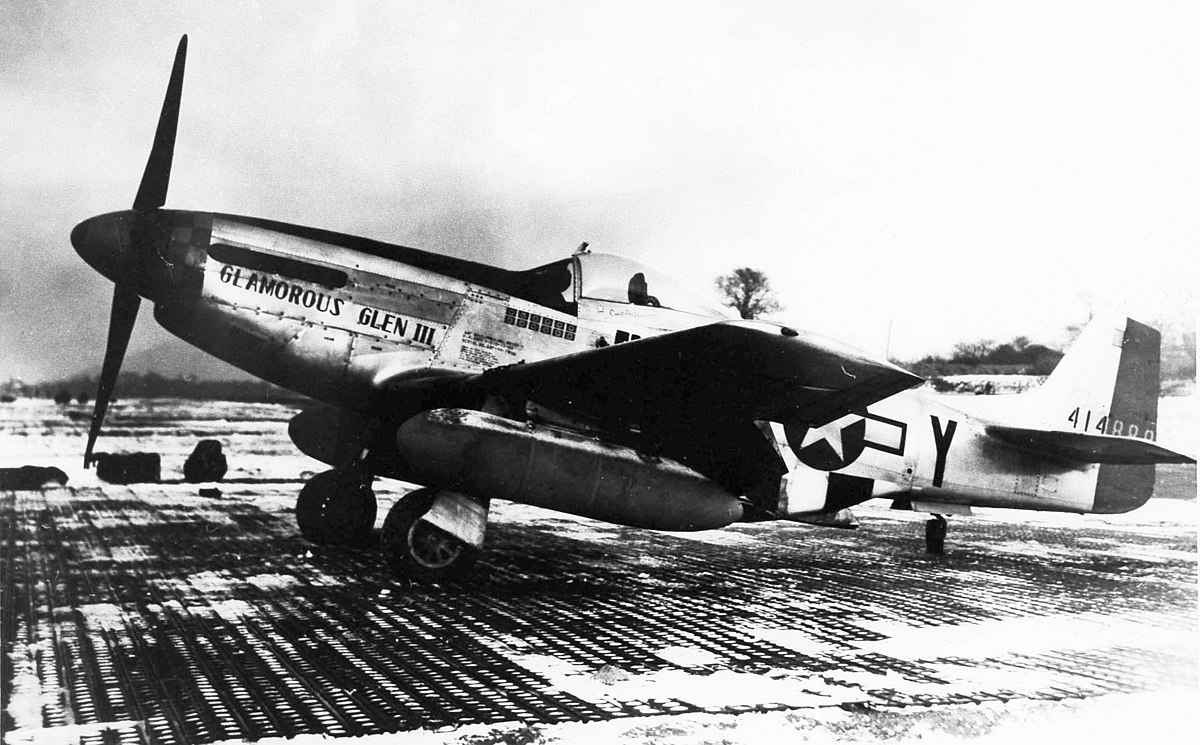
This marked the first time a manned aircraft had exceeded the speed of sound in level flight, and it was met with minimal drama—a far cry from the expectations of buffeting and potential disaster.
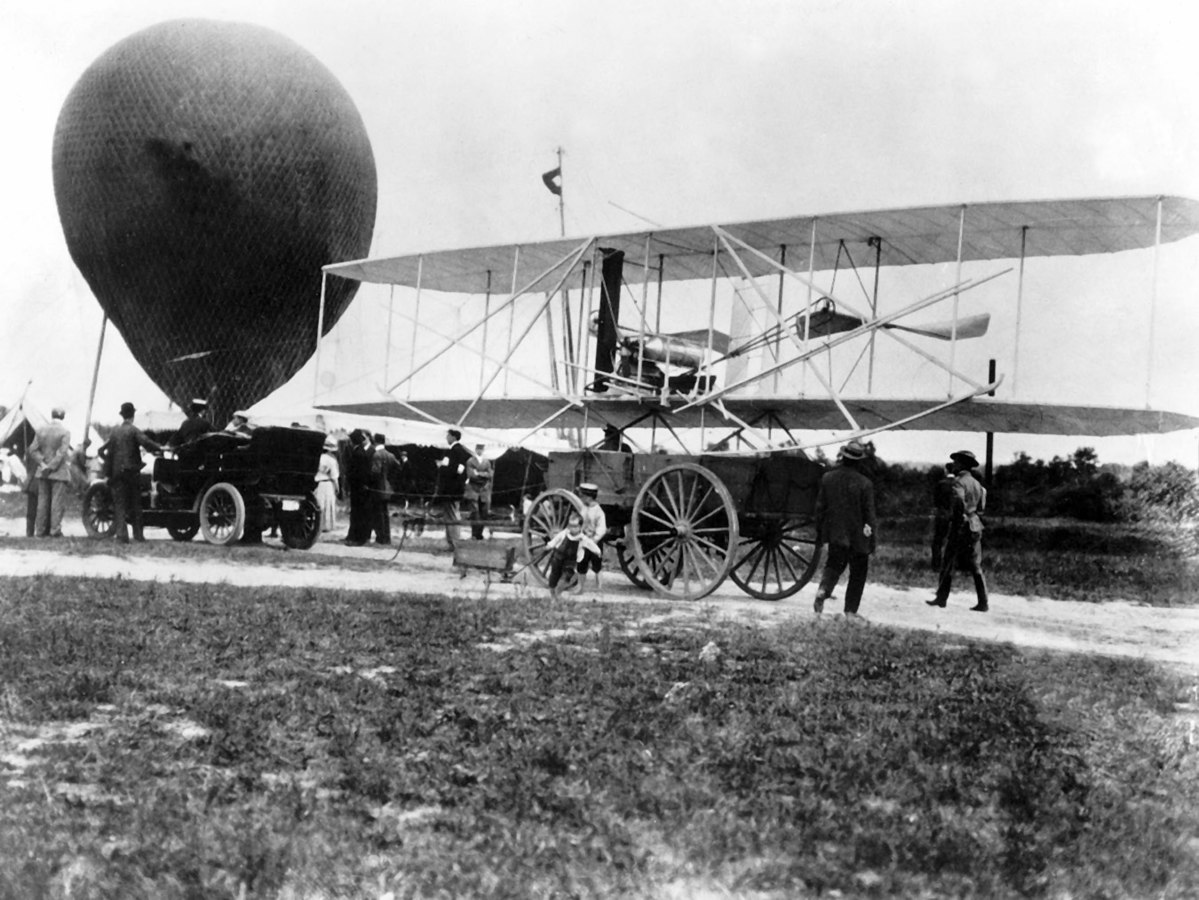
Yeager’s ascension to this historic achievement wasn’t marked solely by his command over the X-1’s controls; his journey was etched with the grit and valor characteristic of his entire life.

Born in 1923, Yeager’s roots were laid in rural West Virginia. His early career as an aircraft mechanic in the Army Air Corps gave way to his rapid rise as a pilot, his natural talents and tenacity carrying him through the ranks and into the air over war-torn Europe. During WWII, he named his P-51 Mustang “Glamorous Glen” in honor of his fiancée, Glennis.
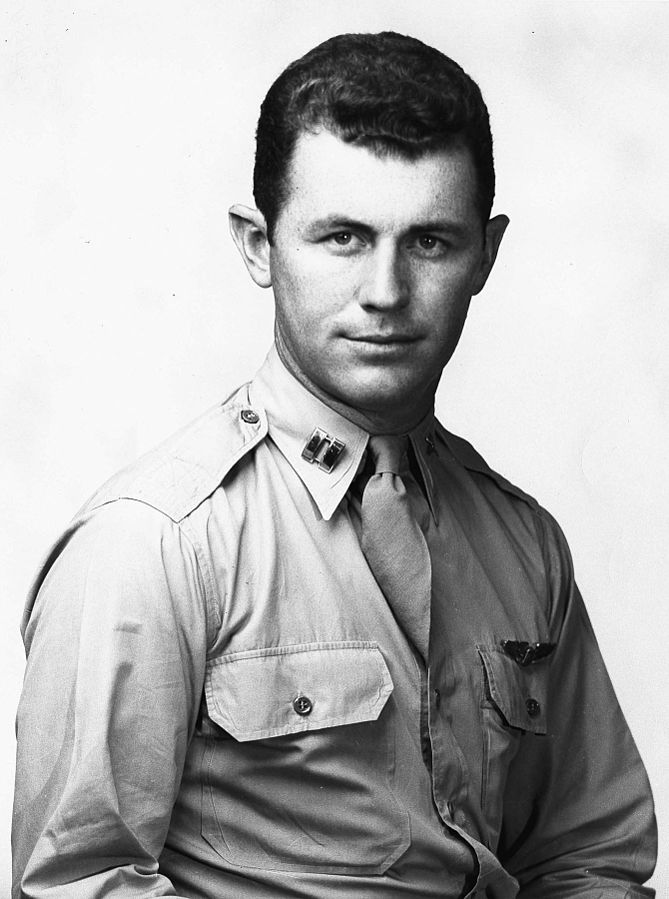
After being shot down over France, he evaded capture with the help of the French Resistance, returning to military service to become an “ace in a day” by downing five German planes in a single mission—a rare and heroic feat.
The pilot’s courage proved boundless. Just two days before his supersonic flight, Yeager sustained two broken ribs in a horseback riding accident.
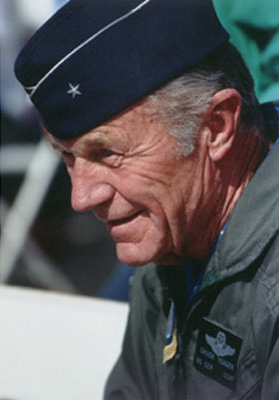
Concealing his injury from superiors for fear his flight would be grounded, he had them taped by a civilian doctor, utilizing a piece of broomstick to close his cockpit hatch—a testament to his unyielding resolve.
The Bell X-1 and its series of flights were pivotal not just for breaking the so-called “sound barrier”, but for their contributions to understanding transonic and supersonic flight.
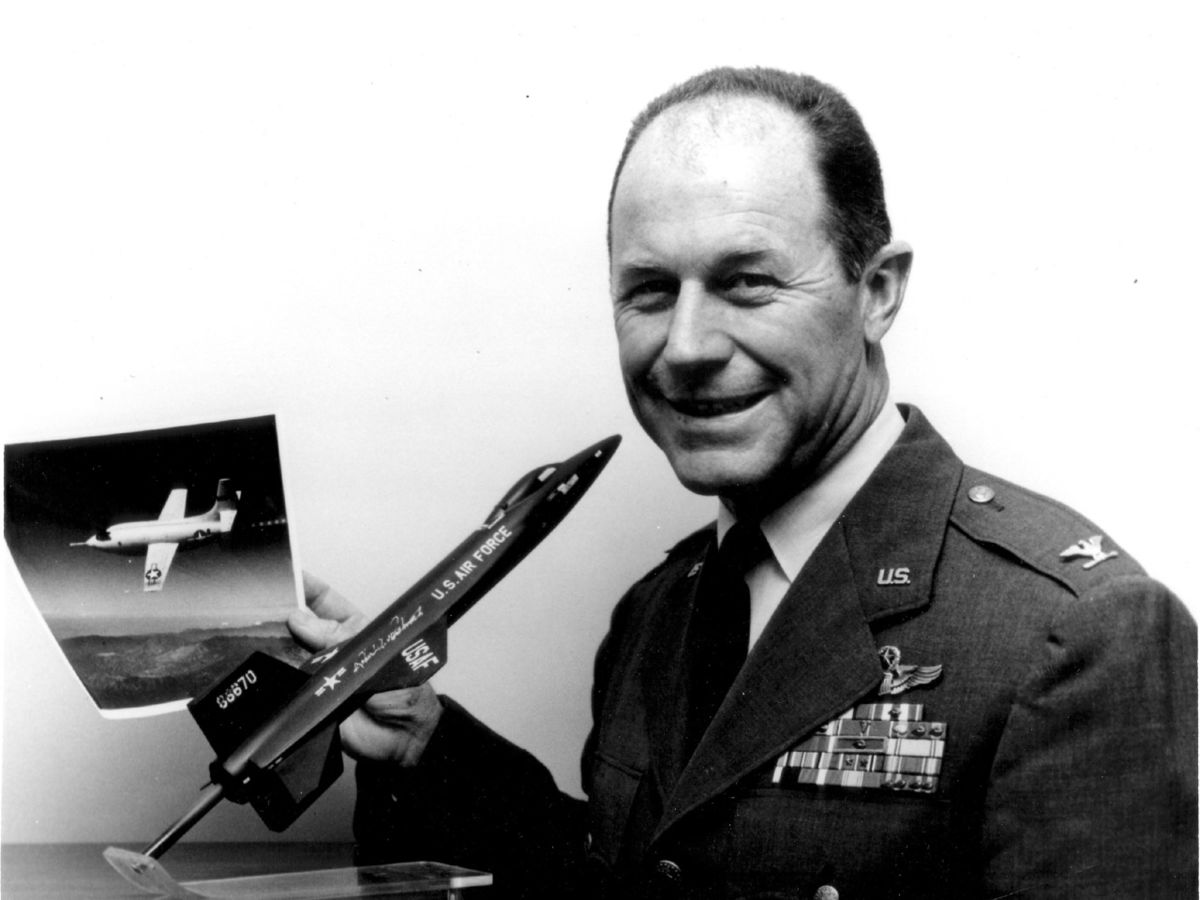
The data collected were immediately applied to new generations of high-performance combat aircraft, keeping America at the cutting edge of aeronautical research during the crucial early years of the Cold War. Yeager’s expert flying and the data from the X-1 program helped shape the North American F-100, America’s first supersonic fighter.
Despite the significance of his achievement, the details of Yeager’s remarkable flight remained classified for some time, only becoming public knowledge about eight months later.

His exploit earned him a prestigious Collier Trophy and marked his place in history, not just as a pilot who broke a sound barrier, but as one who smashed through public expectations and technological limitations.

Yeager’s legacy is not merely one of scientific milestones. His life—embodied by the spirit of his words, “I realized that the mission had to end in a let-down because the real barrier wasn’t in the sky but in our knowledge and experience of supersonic flight”—reflects the essence of human curiosity and determination. His tale resonates beyond the military and aviation communities; it serves as a symbol of human endeavor and resilience.

The aged X-1 rocketplane, resting in the Smithsonian Air & Space Museum, stands as a silent testament to a past era of daredevilry and innovation, a time when barriers were there to be broken. Yeager’s experiences, from flying combat missions in WWII to his pivotal role in advancing aerospace technology, demonstrate that the right stuff is not just about skill—it’s about the courage to face the unknown and the tenacity to overcome it.
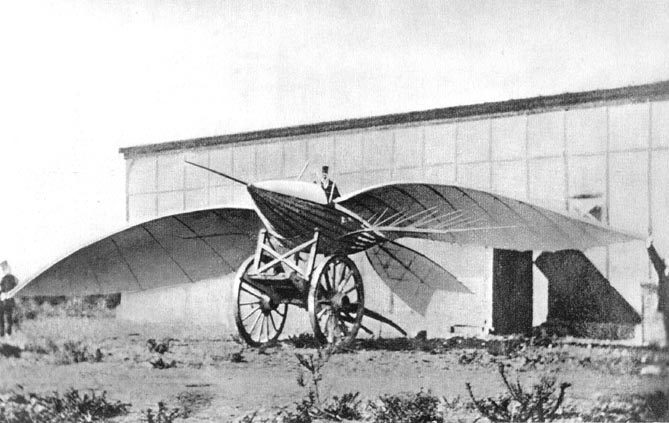
As we look to the future of supersonic travel and the enduring quest to push the boundaries of what is possible, we remember Chuck Yeager as a man who not only chased the horizon but raced past it into the annals of legend.

Relevant articles:
– Breaking things — the good, the bad, and the ugly, newberryobserver.com
– Breaking the Sound Barrier: Chuck Yeager and the Bell X-1, National Air and Space Museum
– Great aviation stories: The day Chuck Yeager became the first person to break the sound barrier, airside.aero
– Pilot Chuck Yeager Had ‘the Right Stuff’ When He Broke the Sound Barrier, Flagpole

